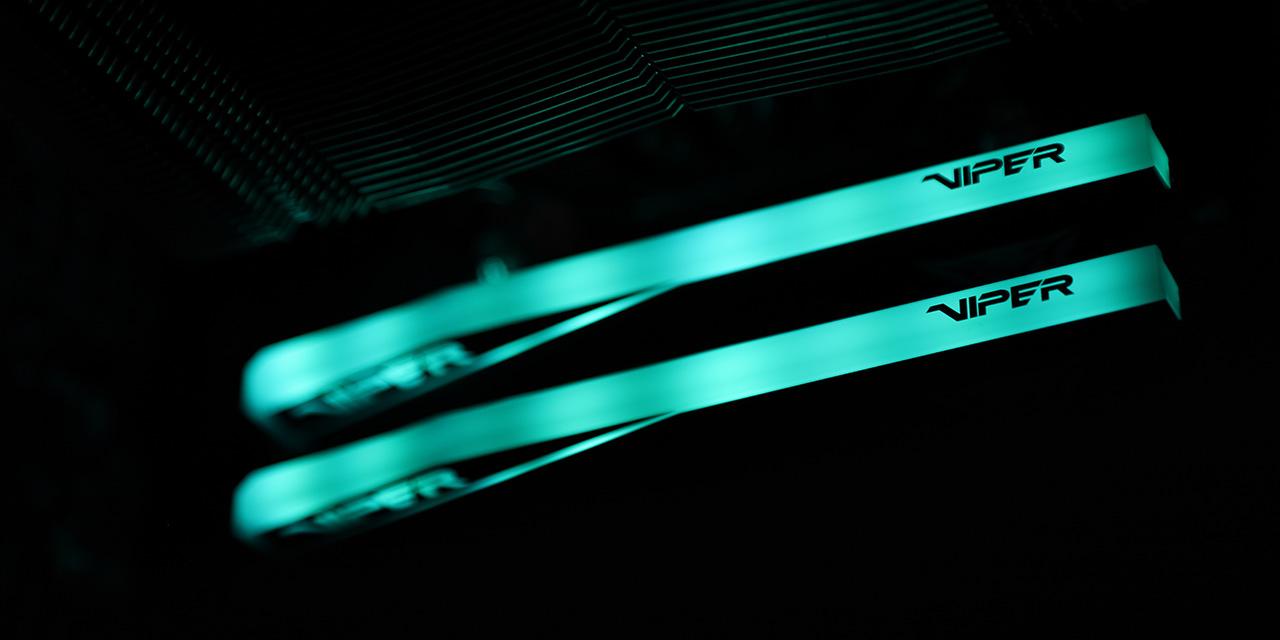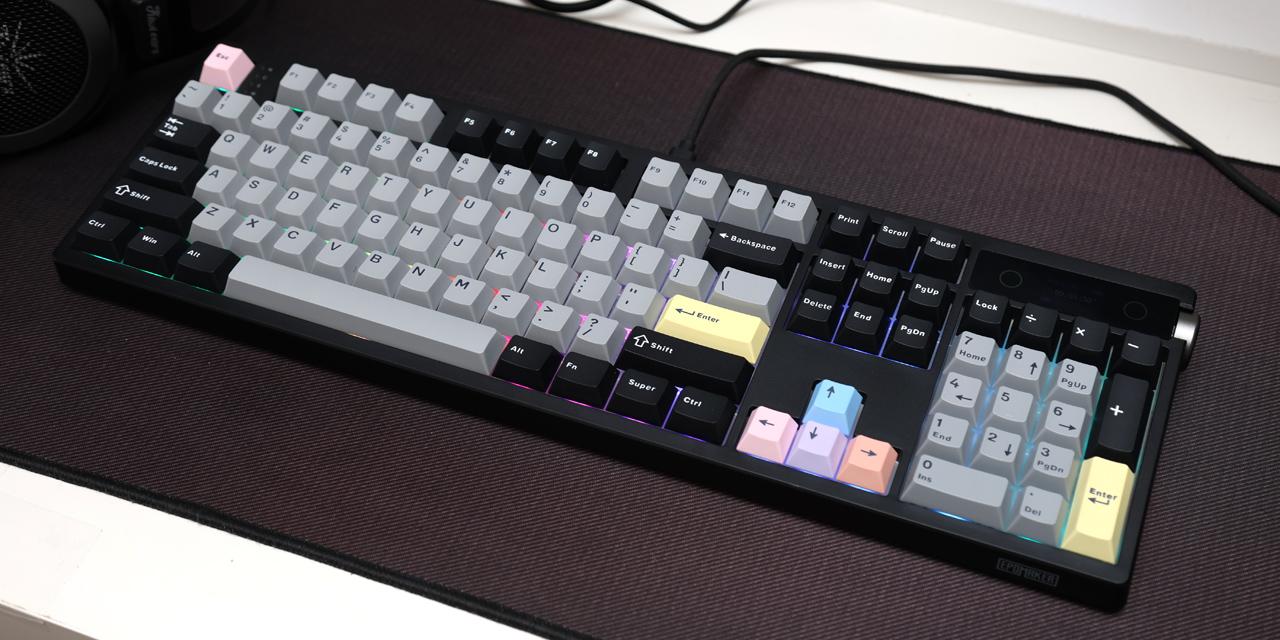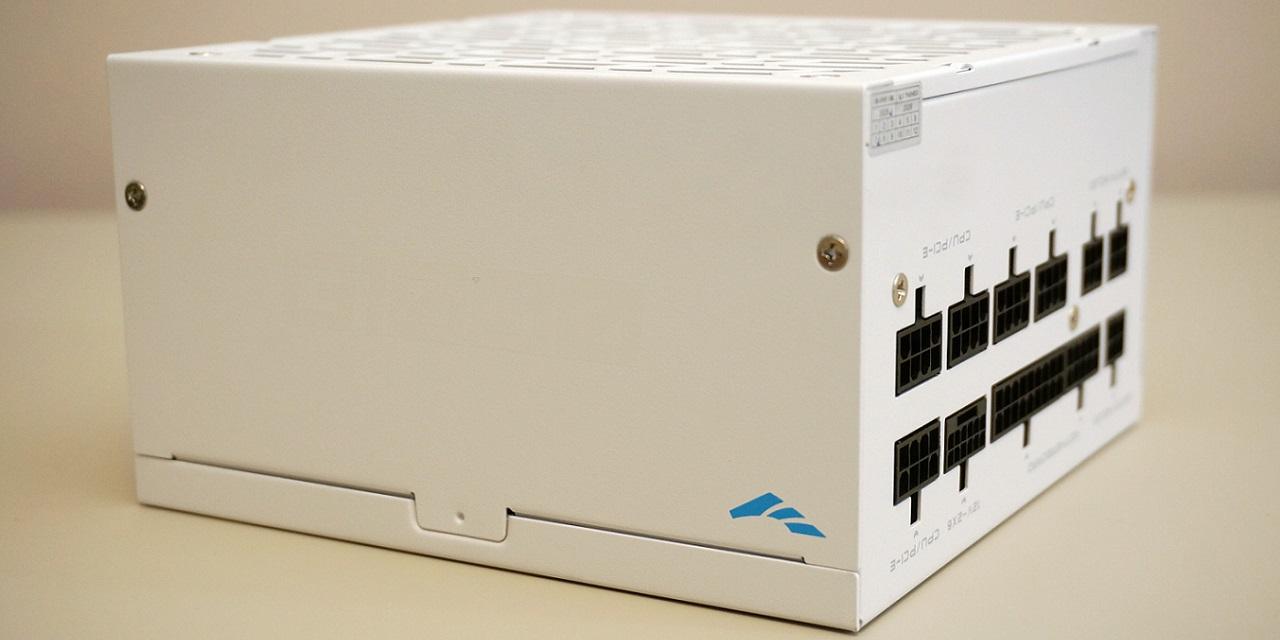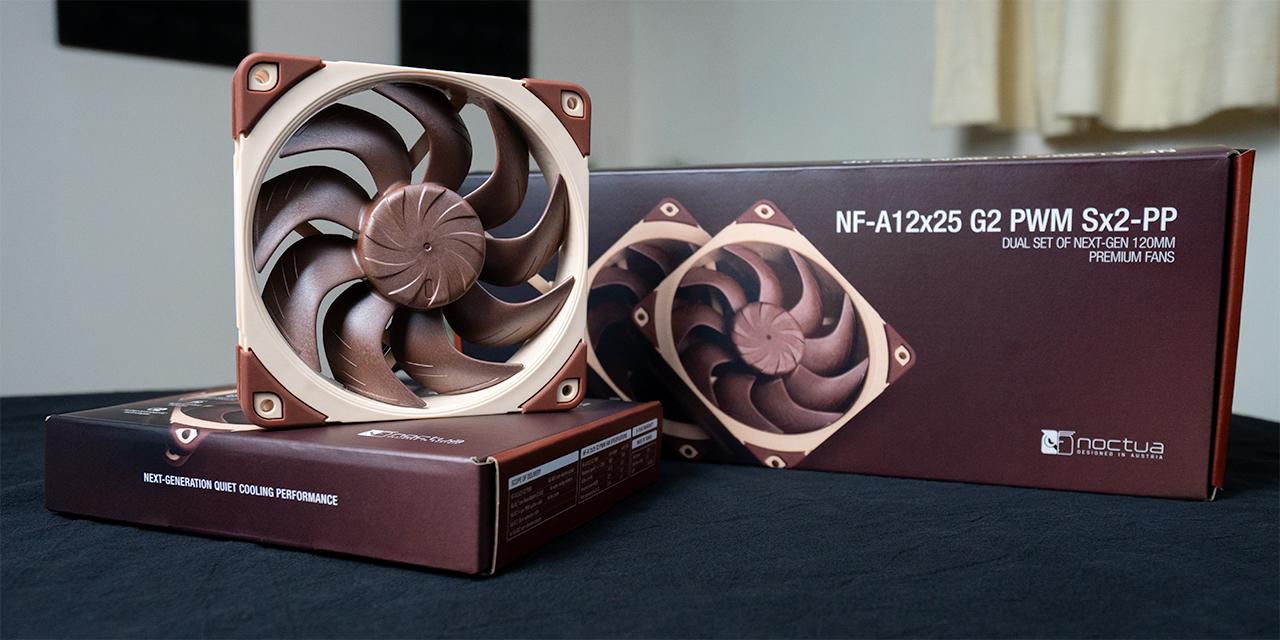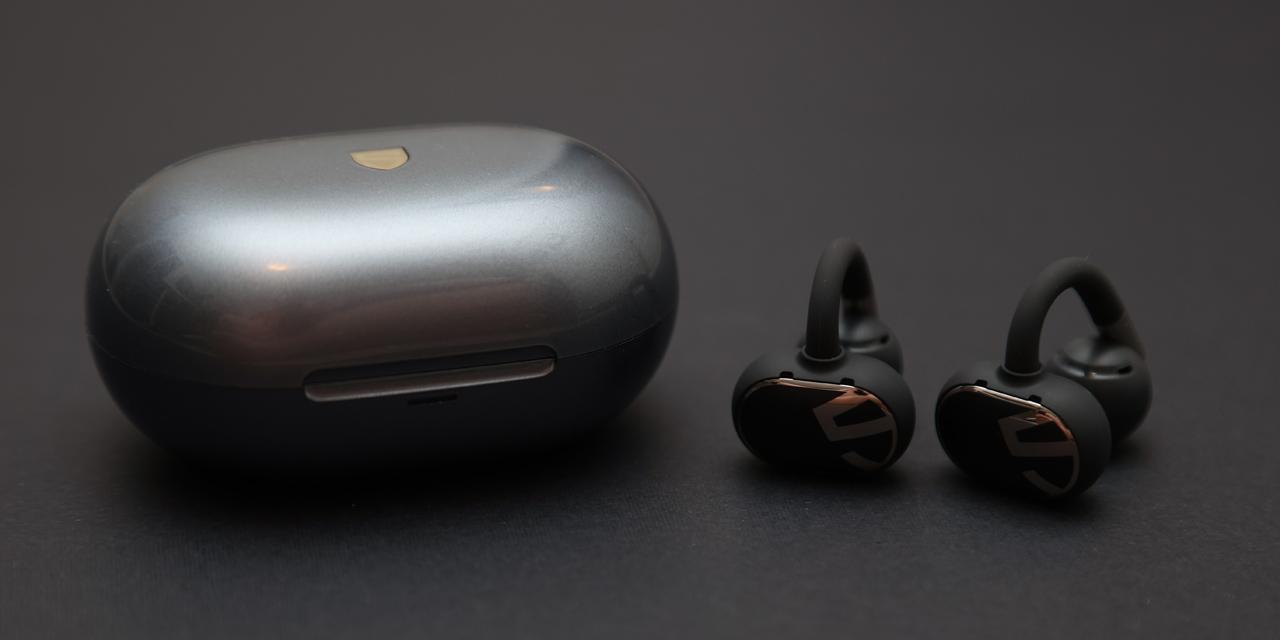Page 3 - A Closer Look - Disassembly and Internals

The disassembly of the Epomaker P65 is a straightforward process. Under the keycaps, we find the Epomaker Zebra switches. These are linear switches, meaning they are smooth throughout the full key travel of the keypress. The Zebra switch has a 40g trigger force, which is on the lighter side. This allows for easier and less fatiguing keypresses. The slightly heavier 45g bottom-out force does little to prevent bottoming out. For those who want to hear every single stroke, this is perfect for them. The Zebra switches have a 1.8mm pre-travel distance before actuating. This is slightly lower than the 2.0mm pre-travel, and allows for faster actuation of the switch. The total travel of the switch is 3.8mm, which is 0.2mm shorter than traditional MX-style switches. The life expectancy of the switches is 50 million actuations, which is the current day standard for mechanical switches.

The build quality of the Zebra switch itself is quite good. These switches are factory lubricated and has a moderately thocky sound signature. The stem is made of a white POM, or Polyoxymethylene, plastic that has low-friction and high abrasion resistance properties. This allows for buttery smooth keypresses, especially with lubrication. The shape of the stem is the dust-resistant type with raised walls around the MX-compatible stem. There is no stem wobble in the east-west direction, but there is some wobble in the north-south direction. The top case is made of a black polycarbonate. The bottom case is made of white colored nylon and has a five-pin design. Inside, it features a 21mm long spring that allows for a very consistent feeling keystroke. The contacts are made of copper. These are exceptionally smooth switches.

For the larger keys on the P65, stabilizers are used to balance out the keycap and allow for even actuation across the key. As mentioned earlier, the stabilizers somehow have no rattle. The stabilizers found in the P65 are plate-mounted clip-in stabilizers by Epomaker. These stabilizers are surprisingly good out of the box. Although the board is compatible with screw-in stabilizers, I find no reason to change out the factory stabilizers, as Epomaker has worked some magic in tuning these things perfectly. The stabilizers are mounted onto a polycarbonate plate, which allows for some flexibility and a deeper sound compared to aluminum.

Getting deeper into the Epomaker P65 can be done by removing the volume knob before flipping the board over and unscrewing the six hex screws with the provided hex-key. You can then lift the top case off. Afterwards, you can flip up the plate and PCB assembly to find the two connected wires to the bottom case. The thinner cable connects to the 4000mAh battery, while the wider cable connects to the daughterboard. Both cables can be disconnected by pulling horizontally away from the socket, although I needed a pry tool to gently dislodge the wider cable.

The bottom case has some case foam for dampening resonance and enhancing the sound signature of the keyboard. The very bottom layer is a layer of EVA foam. Above that is what Epomaker calls “bottom” foam. The bottom case has a place for the battery on the right side. The left side has the daughter board that is linked to the USB port and connectivity switch.

The plate and PCB assembly are gasket mounted on the P65. The polycarbonate plate has eight silicone gaskets that are sandwiched by the top and bottom case to suspend the assembly in the air. This gives the typing experience a bit of flex and a more comfortable typing experience. The PCB is 5-pin hot-swappable. This allows users to easily change switches to their liking using 3-pin or 5-pin switches. Between the PCB and plate assembly are multiple layers of typing sound enhancement material. A PET sound enhancement pad, which is adhered to the PCB, usually makes keystrokes sound louder and poppier. The IXPE switch pad above the PET layer gives the switches a deeper sound and dampens some unwanted frequencies. Above that is the sandwich foam that also helps to filter out unwanted sound. Users can play around with the different layers to adjust to their sound preference.
Page Index
1. Introduction, Packaging, Specifications
2. A Closer Look - Hardware and Software
3. A Closer Look – Disassembly and Internals
4. Conclusion
